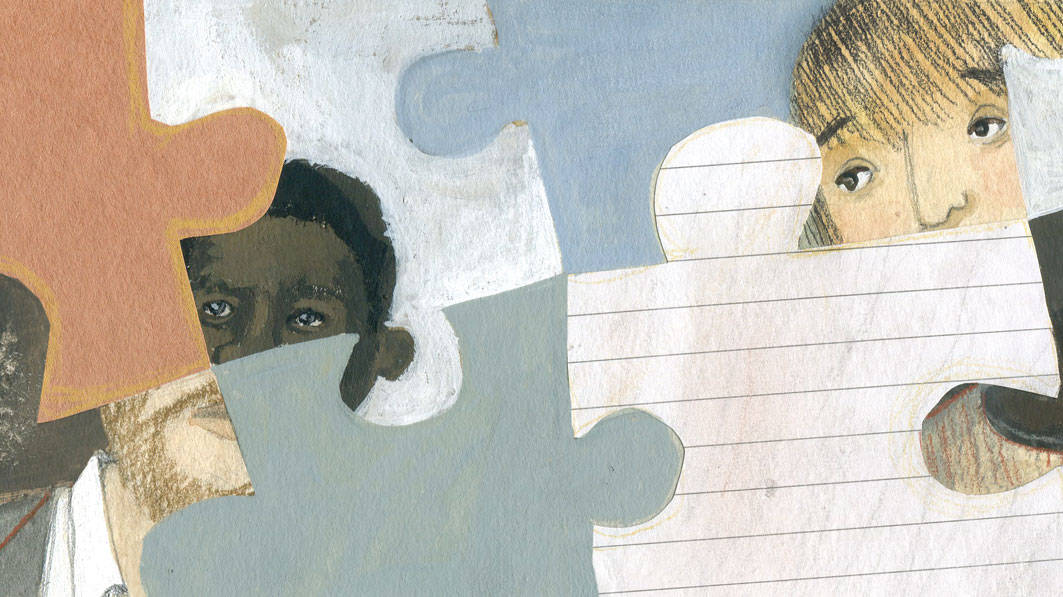Thomas was adopted by white parents living in a predominantly white community. Although Thomas is black, his parents hadn’t talked to him about racial issues, since they weren’t quite sure how to do so. As Thomas approached adolescence, he became increasingly interested in his racial identity but felt uncomfortable initiating a discussion at home. He was left with a feeling of not knowing who he really was.
All adolescents face the task of separating from the identity connected to their parents and developing their own selfhood, but children who were adopted face a more complex process than children raised by their birth parents.
Each adoptee experiences issues of identity differently. Children who have lived with their birth families often wonder if they will become like the people who hurt them; they struggle with who they do not want to become. Children who have been subjected to numerous moves in foster care may integrate pieces of identity from various families. Children adopted in infancy may wonder what life would have been like had they remained in their birth family.
As these adolescents attempt to build an identity on what may be a fragmented foundation, they must pull together all the pieces from the past so they can decide what to keep and what to discard.
You can help your child prepare for this task by initiating conversations about issues that may surface during the adolescent years.
- Make it clear that you are willing to talk about whatever your child is interested in, whether it’s race, history, searching for birth parents or something else. But be sure to follow your child’s lead.
- Ask your child questions such as, “Do you ever think about your birth mom?” or “Do kids ever ask you about being black and having white parents?” Even if your child doesn’t seem interested in the topic, you will have opened the door for future discussions.
- Provide all available historical information about your child’s past. Even the smallest detail can make a difference. One teen was thrilled to have a photo of himself and his birthmother, even though all that was visible of his birthmother was her elbow.
Adolescents who have endured a complicated journey will need more time to reach their final definition of self. But by consistently demonstrating an openness to discussing any issue, you can help your child pave the way to that new self.
Gregory C. Keck (1949-2015) was a psychologist, author and founder of the Attachment and Bonding Center of Ohio.



















